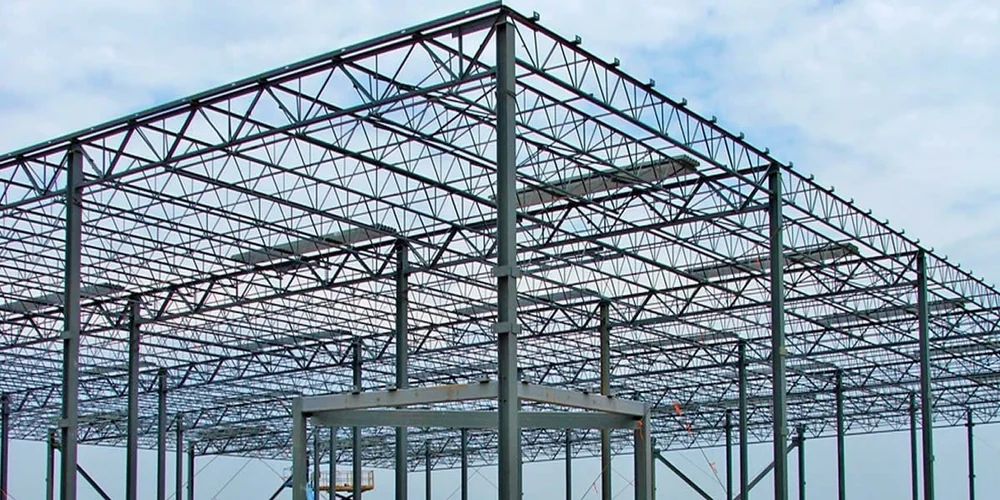The use of Architectural metal louvers has become increasingly popular in modern architecture. These louvers are not just functional but also add an aesthetic appeal to buildings. They are primarily used for ventilation and shading, making them an integral part of sustainable building design. The strategic placement of Architectural metal louvers can greatly enhance the energy efficiency of a structure, making them a favorite among industrial manufacturers.

Understanding Architectural Metal Louvers
Architectural metal louvers are designed to allow air or light to pass through while keeping out unwanted elements like water or debris. These louvers are often used in windows and doors, providing an effective solution for controlling the environment within a building. For more insights on maintaining these finishes, you can explore the article on maintaining metal finishes.
Types of Metal Louvers
There are various types of metal louvers available, each serving a specific purpose. The most common types include fixed, operable, and combination louvers. Fixed louvers are stationary and provide continuous ventilation. Operable louvers can be adjusted to control airflow and light. Combination louvers offer the benefits of both fixed and operable louvers.
Materials Used in Louvers
The choice of material for Architectural metal louvers depends on factors like durability, cost, and aesthetic appeal. Common materials include aluminum, steel, and stainless steel. Aluminum is lightweight and corrosion-resistant, making it a popular choice. For a deep dive into common metals used in architectural projects, visit the article on common metals.
Benefits of Architectural Metal Louvers
The primary benefit of using Architectural metal louvers is their ability to improve a building’s energy efficiency. By reducing the need for artificial lighting and air conditioning, these louvers can significantly lower energy costs. They also enhance a building’s aesthetic appeal, adding a modern touch to any structure.
Installation Considerations
When installing Architectural metal louvers, several factors need to be considered. These include the size and orientation of the louvers, the type of material used, and the specific requirements of the building. Proper installation is crucial to ensure the louvers function effectively and provide the desired benefits.
Choosing the Right Louver
Choosing the right Architectural metal louvers involves considering several factors, including the building’s design, climate, and intended use. For guidance on selecting the best fabricator for your needs, check out the article on choosing a metal fabricator.
Maintenance of Metal Louvers
Regular maintenance is essential to ensure the longevity and effectiveness of Architectural metal louvers. This includes cleaning the louvers to remove dirt and debris and inspecting them for any signs of damage or wear. For detailed maintenance tips, refer to the article on maintaining metal finishes.
Design Innovations
Recent innovations in the design of Architectural metal louvers have led to the development of more efficient and aesthetically pleasing solutions. These innovations include the use of advanced materials and the integration of smart technology to enhance functionality and control. To learn more about modern architectural metal designs, explore the article on modern designs.

FAQs
What are the main functions of architectural metal louvers?
The primary functions of Architectural metal louvers are to provide ventilation and shading, enhancing energy efficiency and aesthetic appeal.
How do I choose the right material for my louvers?
The choice of material depends on factors like durability, cost, and aesthetic preferences. Common materials include aluminum, steel, and stainless steel.
Are architectural metal louvers easy to maintain?
Yes, regular cleaning and inspection can ensure that Architectural metal louvers remain effective and last for a long time.
For more information on architectural metal, you might find the external resource on architectural metal insightful.
This article contains affiliate links. We may earn a commission at no extra cost to you.

